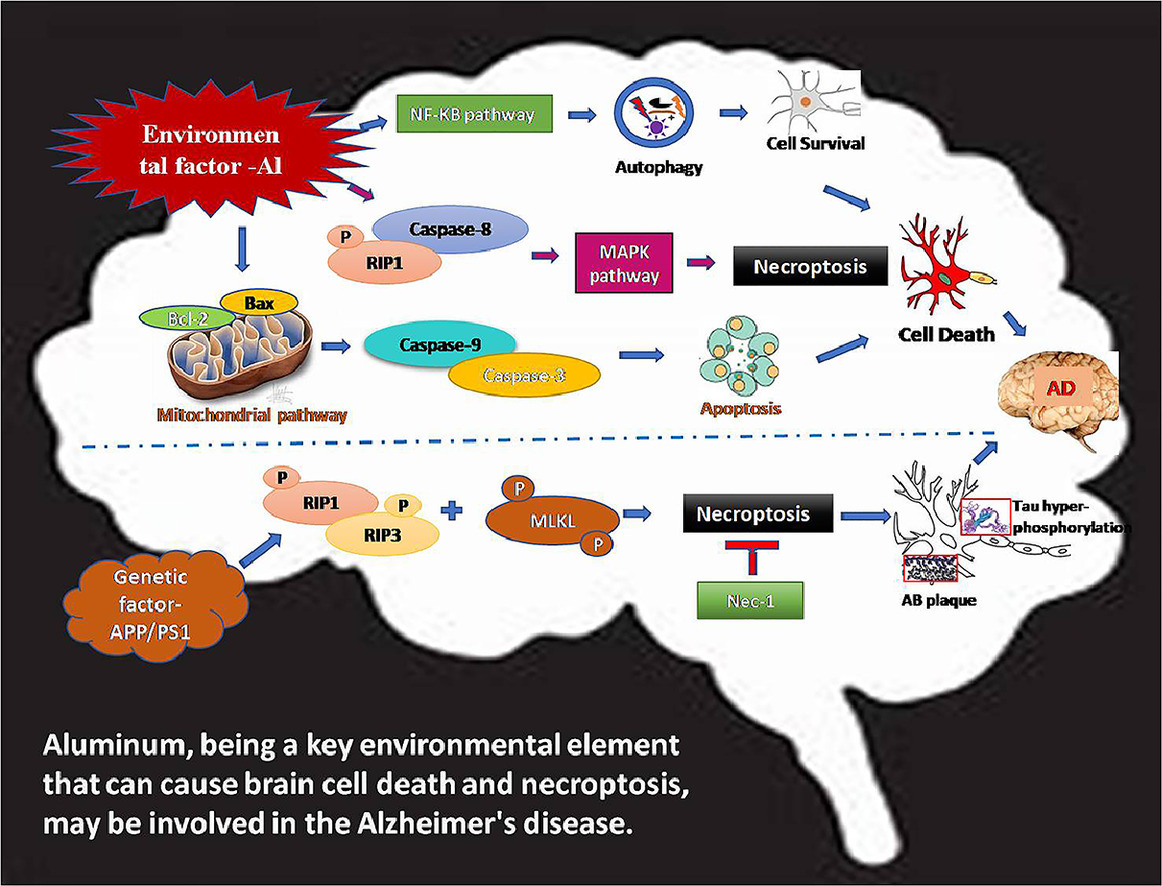Elsevier,
The Lancet Regional Health - Western Pacific, Volume 45, April 2024
This Article supports SDG 3 by assessing the prevalence of hepatitis B, C, and delta virus in French Polynesia. The findings suggest that the HBV vaccination policy is effective and that HCV and HDV have very low levels of transmission, although some areas did have higher HBV prevalence, warrenting improved vaccine coverage and awareness.
Elsevier,
eClinicalMedicine, Volume 70, April 2024
This Article supports SDG 3 by arguing that people under community correction supervision (probation or parole) are a large population of individuals at risk of viral hepatitis, to whom little attention has thus far been paid. Targeting hepatitis testing and treatment services at this population would be feasible and effective in reducing hepatitis incidence.
Elsevier,
Progress in Materials Science, Volume 142, April 2024
Climate changes (abrupt weather) and pollution-borne fatal diseases are directly associated with carbon dioxide (a greenhouse gas) emission levels beyond a safe limit. In this timely review, we present an overview of the recent advances in surface/interface engineering of carbon nitrides for the conversion of CO2 to fuels and useful chemical by-products.
Elsevier,
Technological Forecasting and Social Change, Volume 201, April 2024
The study forecasts AI-based innovation's impact on SDGs in 22 countries from 2022 to 2030 using System Dynamics Modeling. In most of the 22 countries studied, AI-based innovation positively affects SDGs 1, 3, and 5. For half of the countries studied, AI-based innovation positively influences SDGs 2, 4, 6–8, 11, 13, and 16–17. AI-based innovation does not positively influence SDGs 10, 12, 14–15 for most countries studied.

